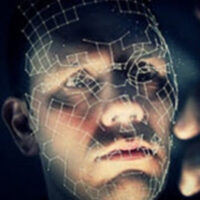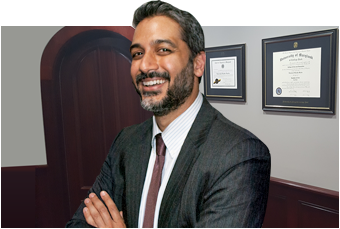The Use Of Facial Recognition Technology In Law Enforcement

If you’ve ever watched crime-drama on television or in a movie theater, you’re probably familiar with facial recognition technology to some extent. Facial recognition technology (FRT) is used to catch the bad guy all the time in Hollywood scenarios. It is counted on to positively identify suspects, ultimately saving communities from further transgressions by getting these lawbreakers off the streets. But the fact is, FRT isn’t quite so smooth in real life (although it does generate big bucks for developers). What are some basic concerns around using facial recognition technology in the pursuit of justice?
Current Use
The primary organization utilizing FRT in order to capture suspected criminals is the FBI. Their data banks have well over 400 million images that can be used to help identify suspects. Nowadays more and more local police departments are turning to this technology as well, with big cities like New York City, Chicago, and Orlando leading the way. Marylanders who have a drivers’ license or mug shot are subject to the use of this technology, and it can be pretty invasive.
Potential for Misuse
Citizens, politicians, and even law enforcement personnel have plenty of concerns about FRT. One big issue relates to the fear of surveillance misuse or overuse. The government is able to monitor and track you secretly now, after all. Could that squelch our right to assemble or to protest? When you look at China, for instance, right now people who are guilty of petty crimes are being arrested thanks to widespread surveillance and quick identification using this technology. That makes some Americans nervous about the potential to abuse civil liberties and basic privacy rights. Additionally, when matters relating to the justice system are considered, accountability and accuracy are crucial. That brings us to the next issue.
How Accurate is FRT?
While it’s true that studies indicate that FRT is as reliable as iris scanners when used under optimal conditions, we all know that conditions are rarely, if ever, optimal in real life. In the real-world lighting, camera angle, and the quality of footage fluctuates in any given time and space. Studies show the error rate of identification rises to over nine percent in real-life situations. The truth is that while images taken while people passed through boarding gates in an airport were as high as 94.4 percent accurate, the accuracy of pictures taken of people walking through a sports venue were as low as 36 percent, due mostly to camera angles. Another concerning issue is aging. Facial recognition errors grow by a factor of ten when images are compared with faces over a period of many years. Another factor of concern is the reliability of one vendor over another. Studies indicate that different vendors using the same cameras got very different accuracy rates because the technology differs that much.
Bias Issues
Another huge problem with FRT is racial bias. That’s because certain groups are more susceptible to errors than others. For instance, one study of gender-recognition technology resulted in stunning findings: darker-skinned women were misidentified nearly one-third of the time. That’s about 50 times greater than the error rate for white men. In fact, the highest error rates are for Native Americans, followed by Asian and Black females.
Any Mistake is One too Many
If these statistics don’t horrify you, maybe a look at some actual cases of error might raise your hackles. One FRT program identified Oprah Winfrey as a male (we all know she’s a woman, right?). Another matched criminal mugshots to serving members of Congress. Still another identified an innocent university student here in Maryland as a suspect in a bombing incident in Sri Lanka. The student’s life was threatened due to the misidentification, resulting in significant disruptions to daily life.
HM Law Fights for Justice
Justice has to be the bottom line in America. When unregulated identification systems are used to arrest citizens, and those systems lack standards for accuracy, is that really justice? If you believe that your arrest involved misconduct or error, you need aggressive, and sometimes creative defenders. The La Plata & Waldorf criminal defense lawyers at The Law Office of Hammad S. Matin, P.A. will provide nothing less. Contact our office today for a confidential consultation about your circumstances.
Source:
forbes.com/sites/nicolemartin1/2019/09/25/the-major-concerns-around-facial-recognition-technology/?sh=2ff232c04fe3

